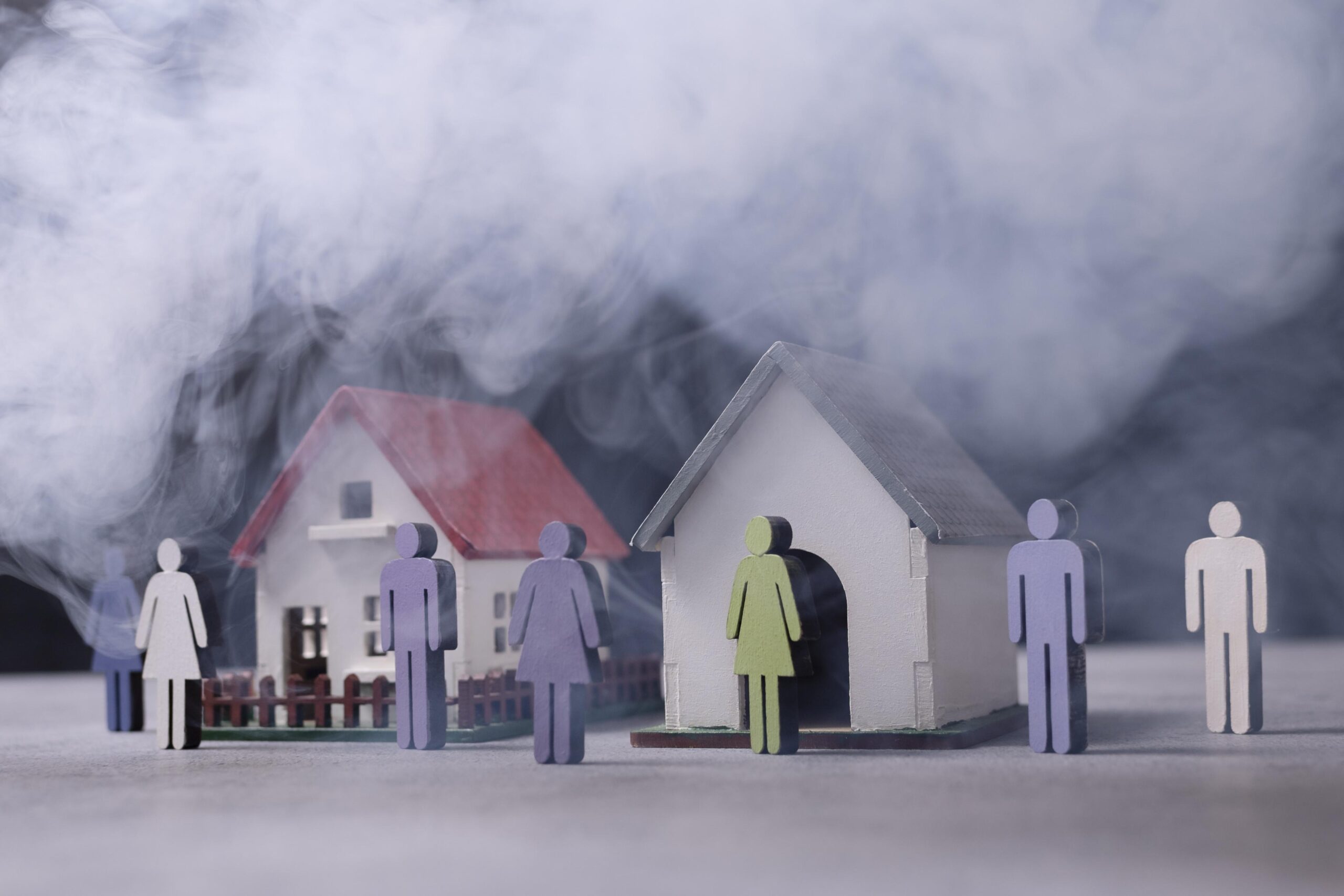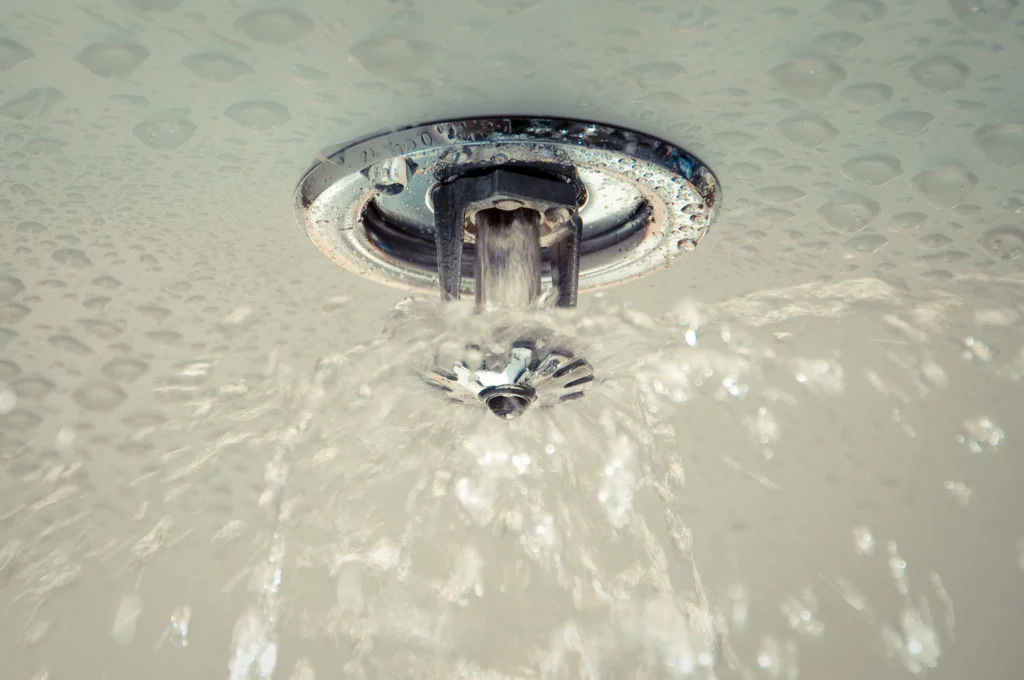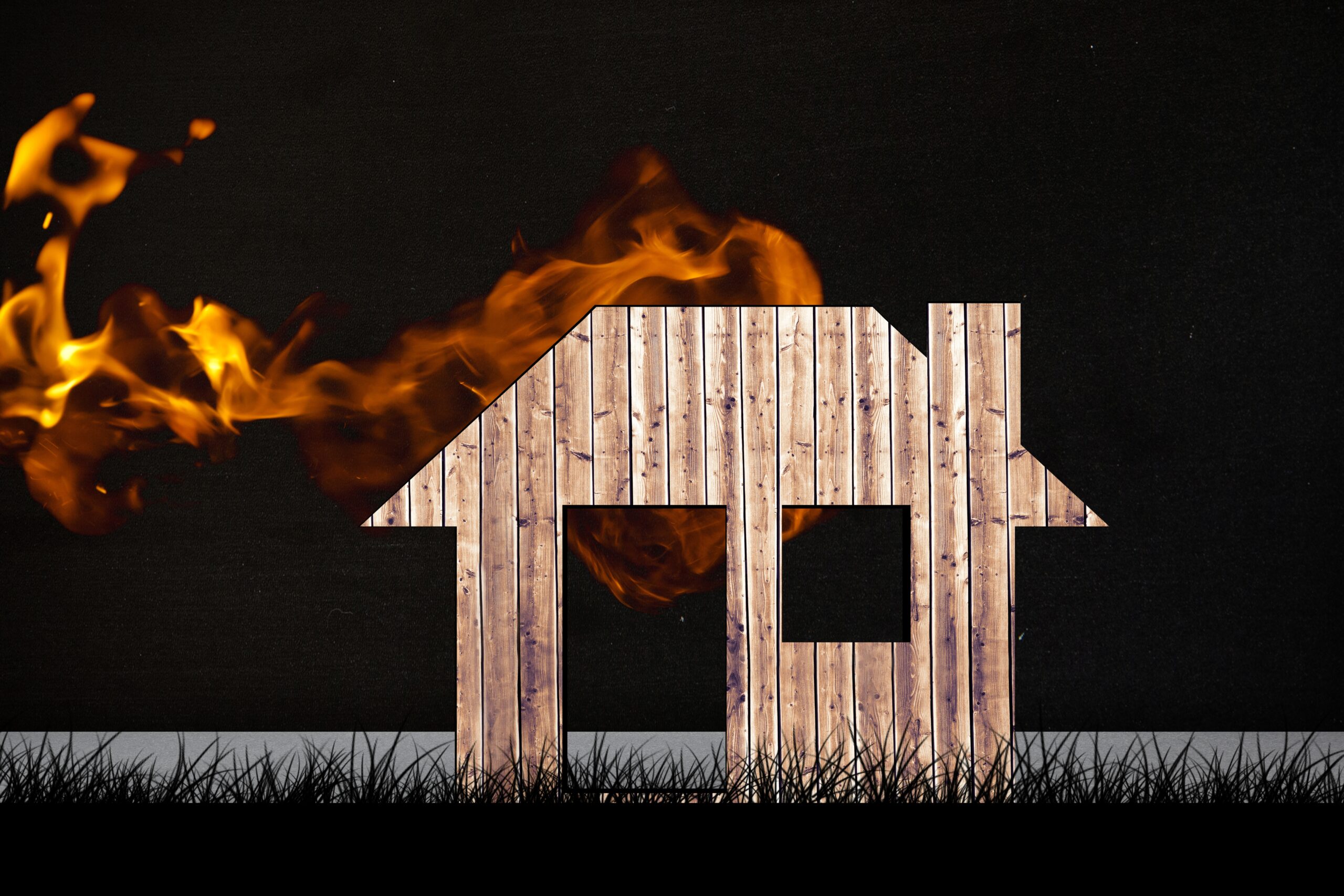Top 10 Wildfire Home Protection Tips for 2025
Wildfires are becoming more intense, frequent, and destructive each year. In 2025, climate change, expanding urban development, and prolonged droughts are expected to create some of the most hazardous wildfire conditions we’ve ever seen. If you live in a wildfire-prone region, such as California, Colorado, Texas, Oregon, Washington, or beyond, it’s not a matter of if but when a fire might threaten your home.
This comprehensive guide from Eaton Fire outlines the top 10 wildfire home protection tips for 2025 that every homeowner needs to know. With rising property values and fire insurance premiums, taking action now could save you hundreds of thousands of dollars and possibly your life.
Table of Contents:
- Why Wildfire Home Protection Is Essential in 2025
- Top 10 Wildfire Home Protection Tips
- In-Depth FAQs on Wildfire Protection
- Building a Community Approach to Wildfire Prevention
- Final Thoughts & Call to Action
Why Wildfire Home Protection Is Essential in 2025
Wildfires are no longer the rare, summer-only events they once were. In 2025, they have evolved into a persistent, year-round crisis. Fueled by climate change, urban sprawl, and extreme weather patterns, wildfires now behave more aggressively, spread more quickly, and burn more destructively than in any previous decade. What used to be considered “fire season” is now a constant, looming threat across much of the United States and beyond.
🔥 The Data Speaks Loudly
If numbers don’t lie, then the wildfire statistics from 2024 and projections for 2025 are shouting an urgent warning:
- The National Interagency Fire Center (NIFC) reported over 10.5 million acres scorched by wildfires in 2024, a dramatic 20% increase from the previous year.
- These fires resulted in more than $18 billion in property damage, infrastructure loss, and economic disruption. This includes residential homes, public utilities, and business operations.
- The average cost to rebuild a single-family home following a wildfire is estimated between $350,000 and $700,000, and that doesn’t include lost personal property or emotional trauma.
- Recovery time for communities is lengthy: Many families displaced by fires in 2022 and 2023 are still rebuilding or waiting for insurance payouts today.
These statistics highlight not just the scale of destruction but also the economic and emotional toll wildfires place on individuals, families, and entire communities.
🌡️ Climate Change: A Catalyst for Mega Fires
The increase in fire activity isn’t random; it’s closely tied to the climate crisis:
- Rising average global temperatures are drying out forests, grasslands, and even suburban yards.
- Snowpacks are melting earlier, which extends the dry season in mountainous regions.
- Lightning strikes, responsible for many wildfires in remote areas, are increasing in frequency due to unstable atmospheric conditions.
These factors combine to create the ideal conditions for wildfires to ignite, spread rapidly, and sustain themselves for weeks or even months.
In 2025, scientists are warning that the western U.S., Australia, and southern Europe are on track to experience some of the longest and most dangerous fire seasons in modern history.
🏘️ Who’s at Risk?

- Approximately 4.5 million U.S. homes are situated in high or very high wildfire-risk zones.
- The number of people living in these zones has increased by more than 60% over the past two decades.
- In some states, such as California, Oregon, Colorado, and Arizona, entire suburbs and small towns are now effectively embedded within wildfire-prone areas.
🚩 Indicators You Might Be at Risk:
- Your home backs up to a canyon, forest, or grassy hill.
- You live in a dry or drought-prone climate.
- Your area has experienced wildfires within the past 10 years.
- Local fire departments have rated your neighborhood as a “Very High Fire Hazard Severity Zone” (VHFHSZ).
In other words, if you’re reading this blog, there’s a very high chance that you live in, or near, a WUI or care about someone who does.
🧠 The Misconception of “It Won’t Happen to Me”
Many homeowners mistakenly believe that wildfire risk is a problem for someone else, those who live “deep in the woods” or rural towns. But recent disasters tell a different story.
Take the 2021 Marshall Fire in Boulder County, Colorado. A grassland wildfire, driven by hurricane-force winds, tore through suburban neighborhoods and destroyed over 1,000 homes in a matter of hours. These weren’t remote cabins in the wilderness; they were cul-de-sacs, office parks, and schools.
The 2023 Maui Fires also shocked the nation by devastating the historic town of Lahaina, long considered a peaceful tourist destination with little wildfire history. More than 2,000 buildings were lost, and over 100 lives were tragically cut short.
These tragedies prove that no one is immune. Whether you’re in a rural setting or a developed suburb, if you’re near combustible vegetation, you’re at Risk.
🧯 Fire Departments Are Overwhelmed
While fire services across the U.S. are highly trained and increasingly well-equipped, they are not infinite resources. As fires become larger and more numerous, firefighting crews face:
- Staffing shortages
- Delayed response times
- Limited access to remote terrain
- Simultaneous multi-state deployments
Top 10 Wildfire Home Protection Tips
Let’s explore the most critical, practical, and expert-backed wildfire home protection strategies for 2025:
1. Defensible Space: The First Line of Defense
✅ How to Create It:
- Zone 1 (0–5 feet): Keep this zone non-combustible. Use gravel, concrete, or stone. Remove all flammable debris.
- Zone 2 (5–30 feet): Trim branches, space trees 10–15 feet apart, keep grass mowed to 4 inches or less.
- Zone 3 (30–100 feet): Thin vegetation, prune trees to remove ladder fuels, and create gaps in foliage.
Fires lose momentum without continuous fuel. This gives fire crews time and space to defend your property.
2. Fire-Resistant Roofing and Exterior Materials

- Roofing: Class A-rated asphalt shingles, clay tiles, or metal roofing.
- Siding: Fiber-cement, stucco, or brick. Avoid wood and vinyl.
- Decks: Use composite or fire-retardant-treated lumber.
- Wood shake shingles
- Untreated timber
- Vinyl, which melts easily and exposes the structure beneath
After the 2018 Paradise, CA fire, nearly all homes with metal or Class A roofs survived, while those without were reduced to ash.
3. Ember-Resistant Venting Systems
Embers can enter your home through tiny vents, igniting attic insulation or wall cavities.
- Install 1/8-inch metal mesh screening on all vents.
- Consider ember-resistant vents approved by the California State Fire Marshal.
- Use backdraft dampers for extra airflow control in HVAC systems.
🔥 Important Tip: Clean out dust and lint in dryer vents and range hoods, as these can also ignite from embers.
4. Smart Landscaping with Fire-Resistant Plants
Not all greenery is equal. Some plants act as natural fire retardants, while others act like gasoline.
- Ice Plant
- California Lilac
- Sage
- Agave
- Lavender
- Juniper
- Pine
- Bamboo
- Rosemary
- Eucalyptus
Use hardscaping, rock beds, gravel paths, and concrete patios to break up fuel continuity and create firebreaks.
5. Gutter, Roof, and Yard Maintenance
Routine maintenance is low-cost but highly effective.
- Clean gutters and downspouts.
- Remove pine needles and dry leaves from roof valleys and decks.
- Trim overhanging branches.
- Store firewood at least 30 feet away from structures.
🛑 Ignoring these chores could mean the difference between a saved home and a total loss.
6. Seal Gaps and Cracks
Wildfires often destroy homes from the inside out when embers slip through small cracks and settle behind walls.
- Windows and door frames
- Garage seals
- Eaves, soffits, and vents
- Exterior lighting fixtures
- Use intumescent caulk (expands with heat)
- Apply fire-rated foam for larger gaps
- Weather-strip all openings
7. Home Sprinkler Systems and Water Supply Planning

- Roof-mounted sprinklers connected to an external water tank
- Soffit or gutter-line sprinklers for targeted cooling
- Hose bibs with long-range nozzles
- Pools or spas (with pump systems)
- 2,500–5,000 gallon storage tanks
- Rainwater catchment systems
💡 Pro Tip: Install an independent pump system with generator backup, in case your municipal water supply fails.
8. Fire-Rated Windows and Doors
Glass breaks under heat. Once it shatters, embers enter easily.
- Tempered, double- or triple-pane windows
- Metal or fiberglass doors
- Fire-rated garage doors with tight seals
🪟 Add-on Tip: Apply fire-resistant film to windows to delay heat penetration.
9. Relocate or Shield Combustibles
This includes both obvious and sneaky hazards.
- Propane tanks
- Trash bins
- Patio cushions
- Welcome mats
- Wooden fences connected to your home
🏚️ Use metal storage cabinets or standalone sheds 30–50 feet from the house.
10. Develop and Practice a Wildfire Safety Plan
All the home hardening in the world won’t help if your family isn’t ready to evacuate.
- Wildfire evacuation checklist
- Emergency contact list
- Go-bags for every family member
- Real-time alert apps (FEMA, Red Cross, Watch Duty)
- Map of multiple evacuation routes
- Pet safety plan
In-Depth FAQs on Wildfire Protection
Yes. Even small changes like ember-proof vents and defensible space can drastically reduce ignition risk. Retrofitting is often cheaper than rebuilding and may make you eligible for insurance discounts.
2. Can insurance deny my claim if I didn’t fireproof my home?
Some insurers now require minimum fire protection standards. If you fail to meet those, they may:
- Deny coverage renewal
- Exclude wildfire coverage
- Reduce payouts
Stay informed, and review your policy annually.
3. How long does it take to install a wildfire home protection system?
- Vents: 1–2 days
- Roofing upgrades: 3–5 days
- Landscaping: 1–2 weeks
- Sprinkler systems: 5–10 days
- Full retrofitting: 3–6 weeks
Eaton Fire offers bundled protection plans to fast-track upgrades before peak fire season.
4. What’s the best time of year to prepare for wildfires?
Winter to early spring (January–April) is ideal. This avoids supply shortages and contractor delays seen during the summer rush.
5. Can neighborhood planning help reduce wildfire risk?
Building a Community Approach to Wildfire Prevention
While individual action is vital, wildfire safety also requires collective effort:
- Join or start a Firewise USA® Community.
- Coordinate with neighbors to create connected defensible zones.
- Work with local fire departments on neighborhood drills and evacuation planning.
- Organize community chipper days to dispose of excess vegetation.
Final Thoughts & Call to Action
Wildfires in 2025 are expected to be more severe, unpredictable, and destructive than ever before. But preparation isn’t panic, it’s power.
By investing in proper wildfire home protection, you’re taking control of your future, safeguarding your family, and preserving your most valuable asset: your home.

At Eaton Fire, we provide a full suite of wildfire defense solutions:
✅ Neighborhood risk mapping
Let us help you reduce Risk, lower insurance costs, and sleep better at night knowing your home is fire-smart and ready.
👉 Contact Eaton Fire today for a free consultation.
“Wildfires don’t wait. Neither should you.”

